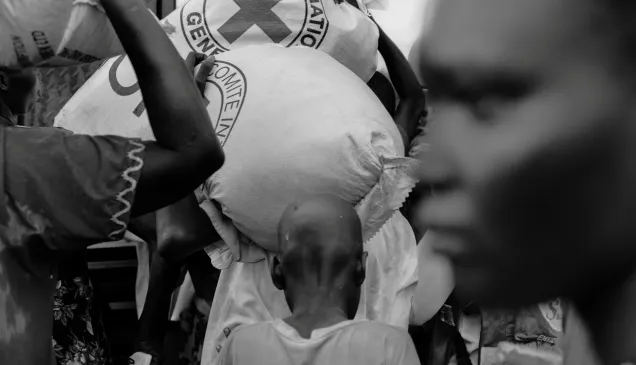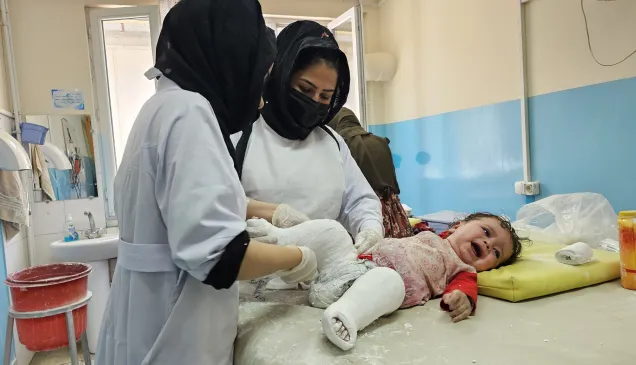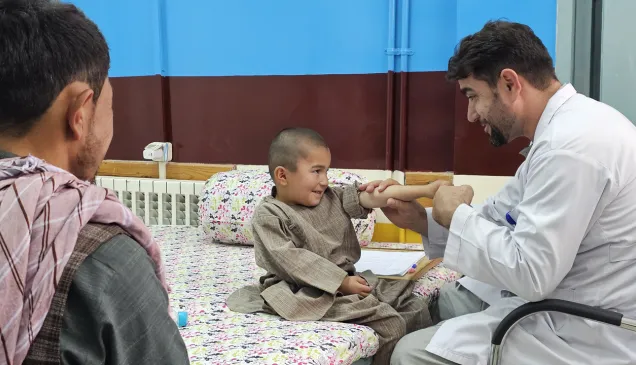Mine Awareness Day: Deaths of 9 Afghan children underscore the ongoing danger from unexploded ordnance
Geneva (ICRC) – On the occasion of the International Day for Mine Awareness and Assistance in Mine Action on 4 April, Erik Tollefsen, the head of the weapons contamination unit for the International Committee of the Red Cross (ICRC), said this:
The world is awash in high-intensity conflict, the kind that leaves untold numbers of unexploded ordnance behind. These legacy weapons represent mortal danger for communities trying to live a safe, normal life.
Just this week nine young children in Afghanistan died after one picked up an unfamiliar object and triggered a sickeningly lethal blast.
The media rightly focuses on the dangers in active combat – in Colombia, Gaza, Sudan and Ukraine. But what we often forget is what comes after: the deadly aftermath of war that endures long after the fighting ceases.
More financial resources and equipment are needed to remove unexploded ordnance and to educate communities on how to protect themselves. The International Committee of the Red Cross is working alongside our partners – including Red Cross and Red Crescent National Societies -- in war zones and former warzones around the world to help make the population aware of these risks, all with the aim of preventing more children – like those in Afghanistan -- from dying so needlessly.
About the ICRC
The International Committee of the Red Cross (ICRC) is a neutral, impartial and independent organization with an exclusively humanitarian mandate that stems from the Geneva Conventions of 1949. It helps people around the world affected by armed conflict and other violence, doing everything it can to protect their lives and dignity and to relieve their suffering, often alongside its Red Cross and Red Crescent partners.
For more information, please contact:
press@icrc.org



